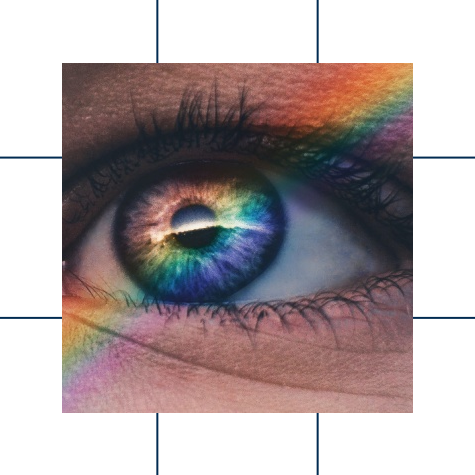After submitting this form, you will receive a confirmation message to the email address you have provided. One of Mitchell Eye Centre’s team will reply to your message within 48 hours.
Location
Poplar Centre
5504 Macleod Trail SW
Calgary, AB, T2H 0J5
Suites 210, 220
Hours of Operation
Monday - Friday: 7AM - 5PM
T: (403) 258-1773
Looking for Doctor Referrals?

LeadingReach is a HIPAA-secure, web-based platform that combines the largest connected provider community in healthcare with clinical workflow management tools, secure team-based chat, and clinical document exchange.
VISIT LEADINGREACH
